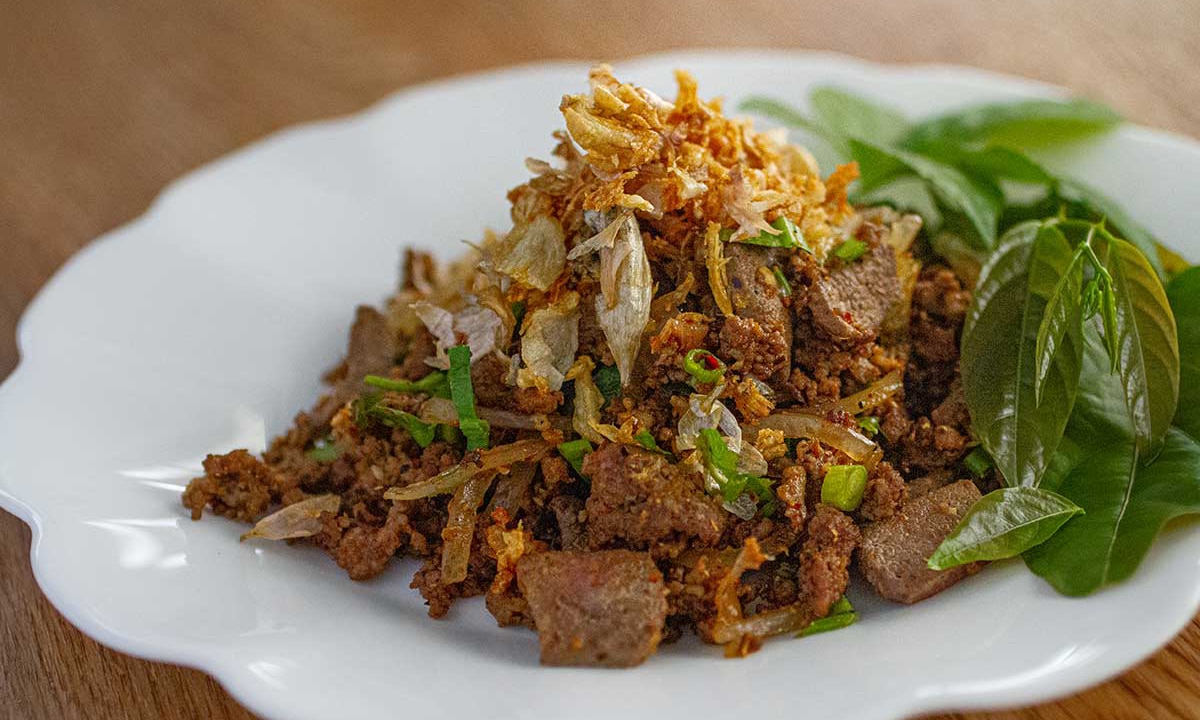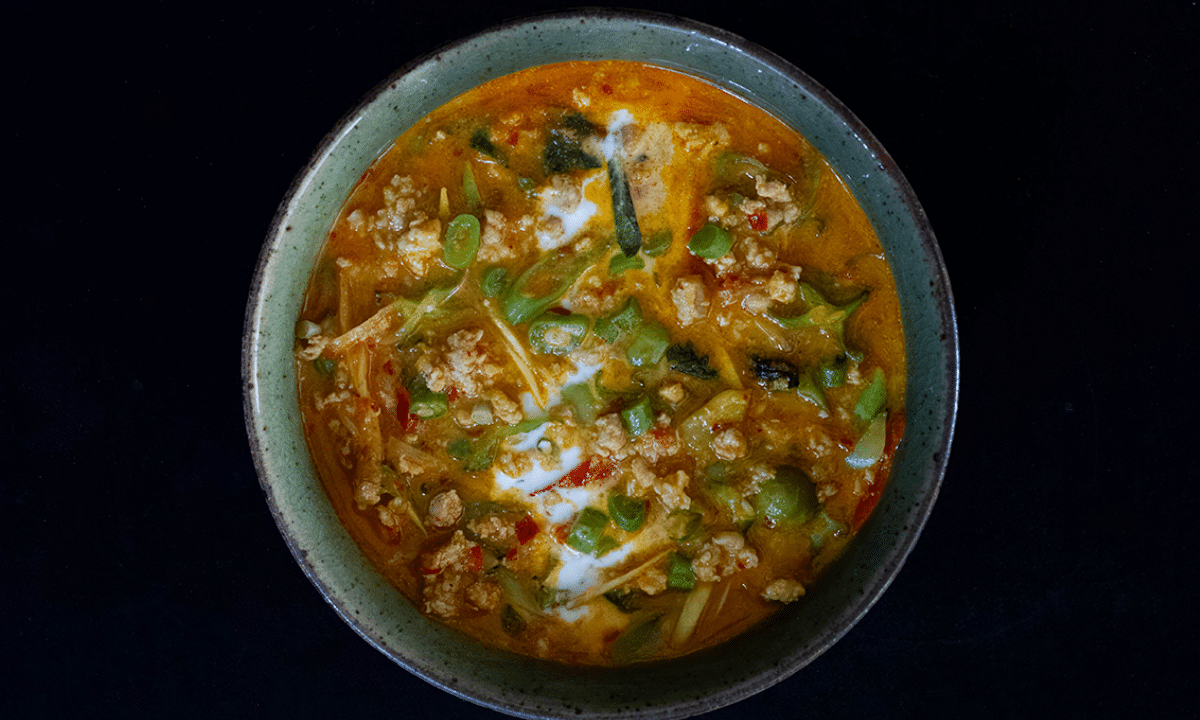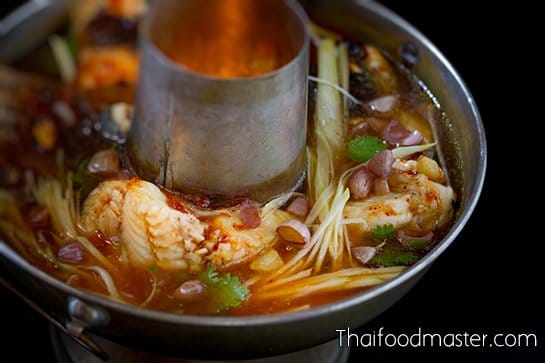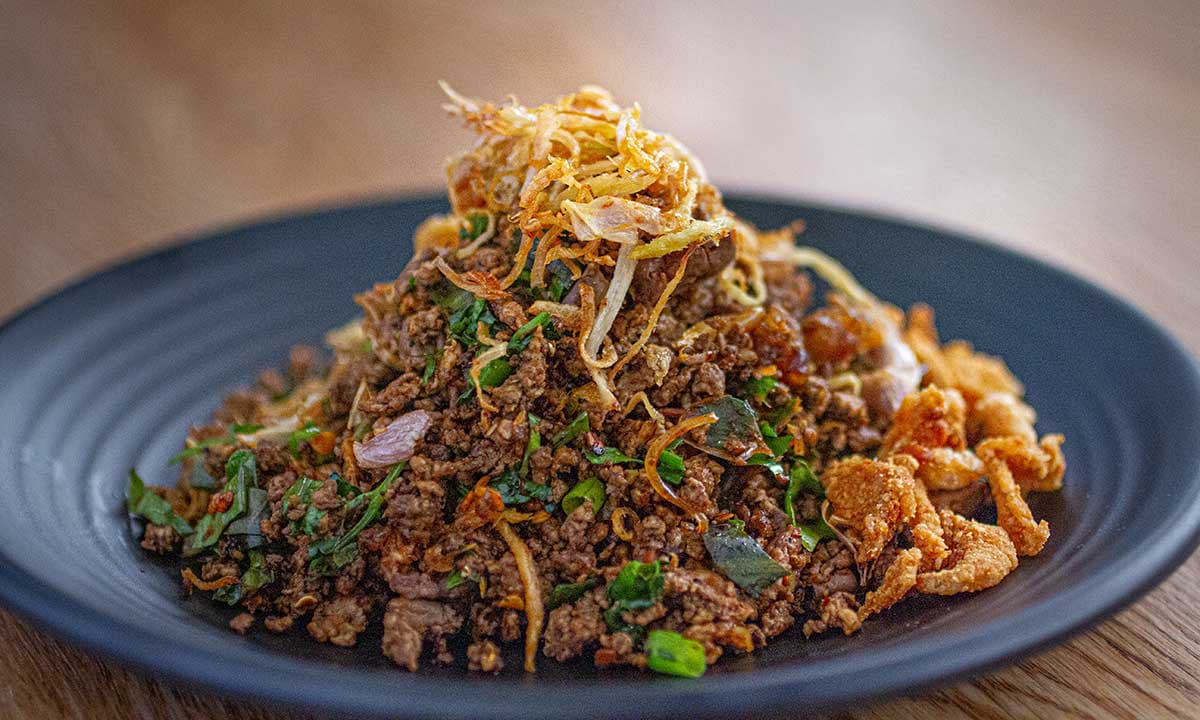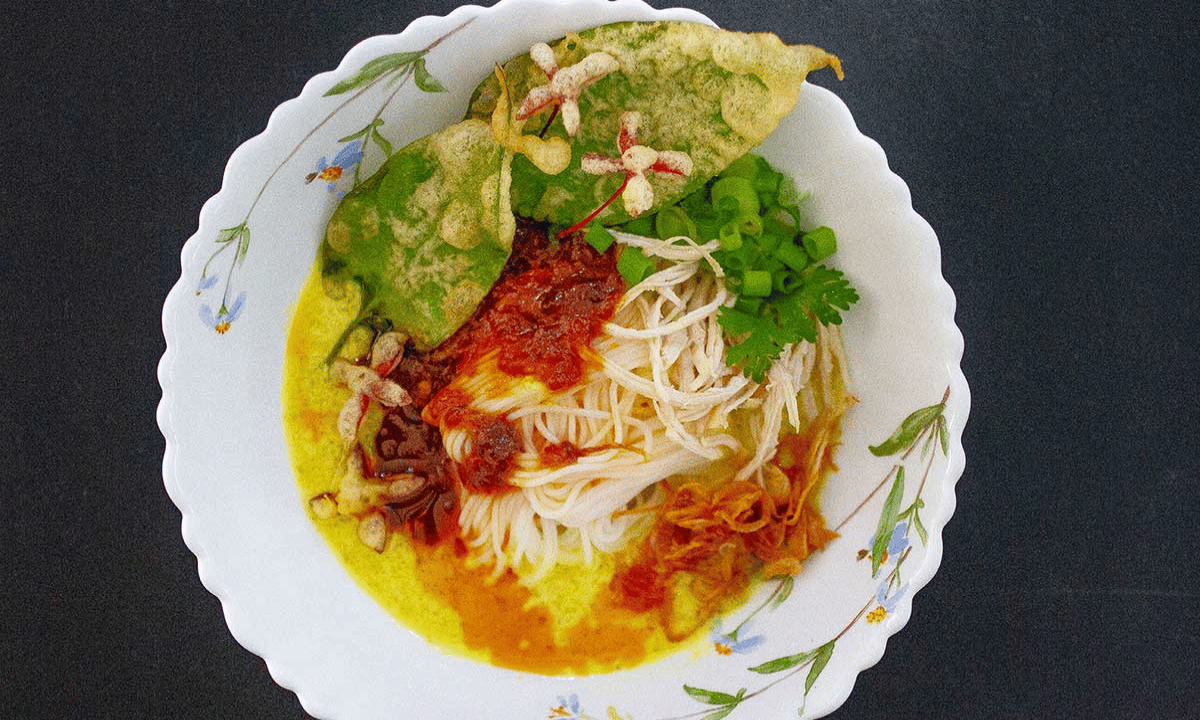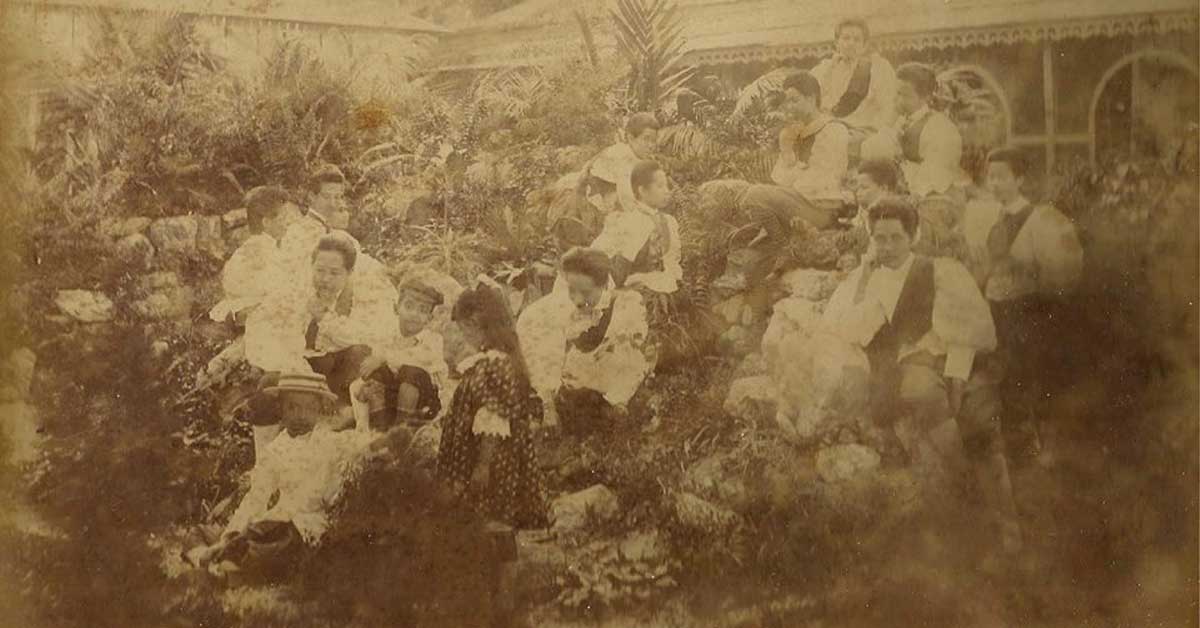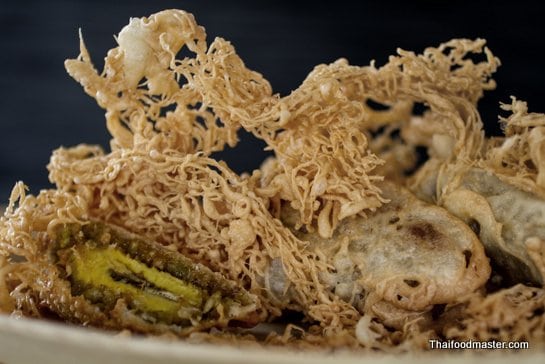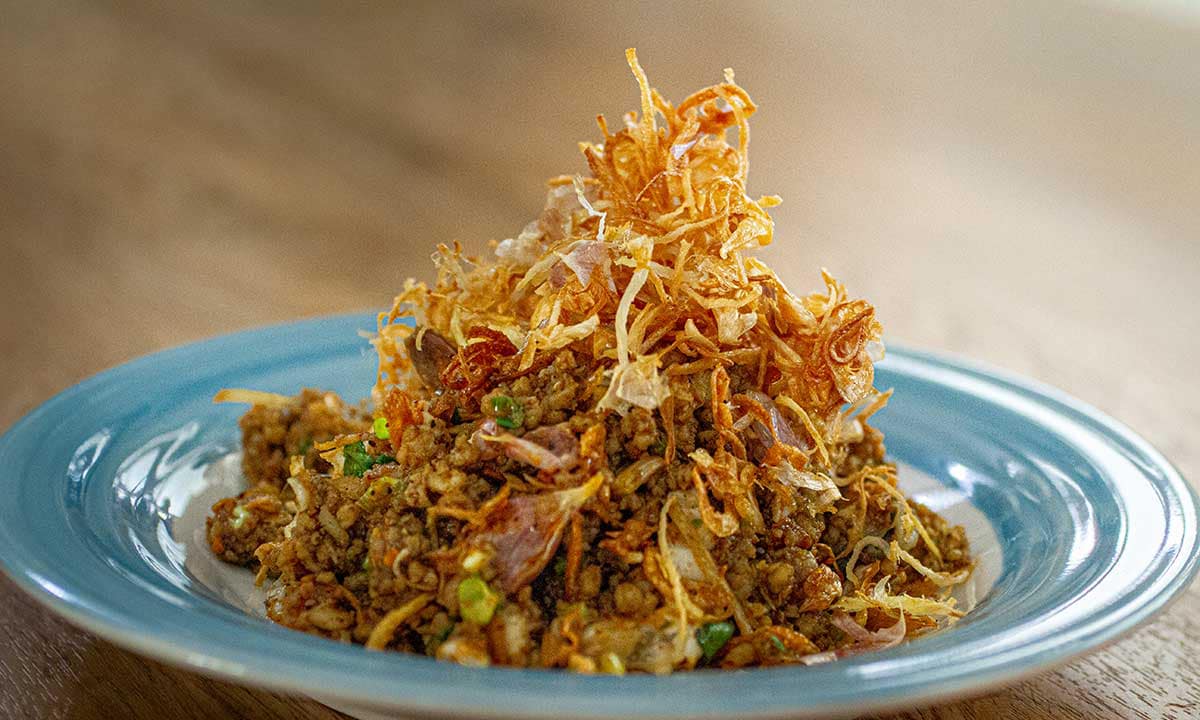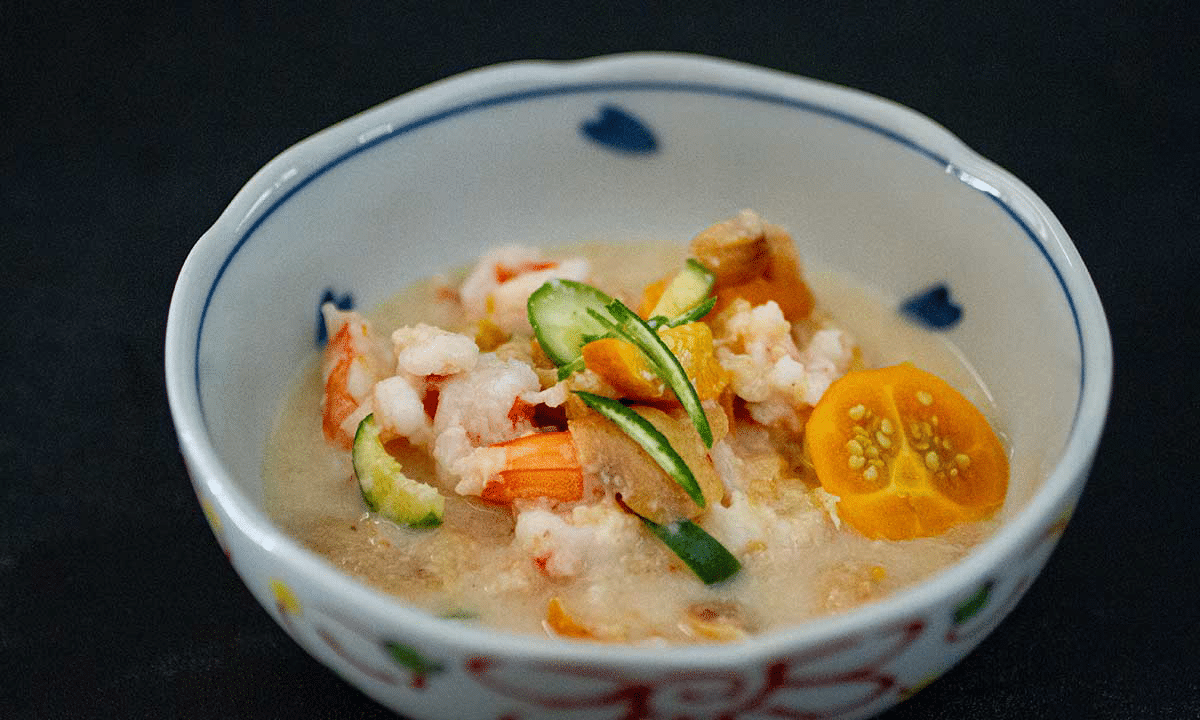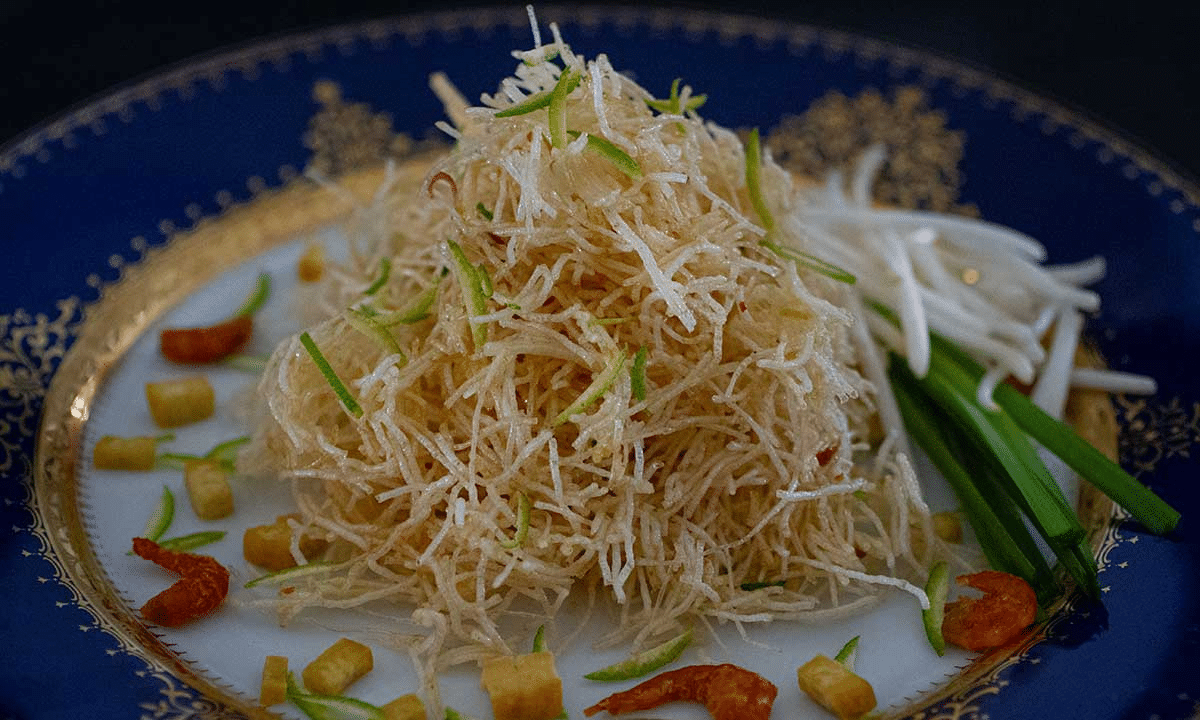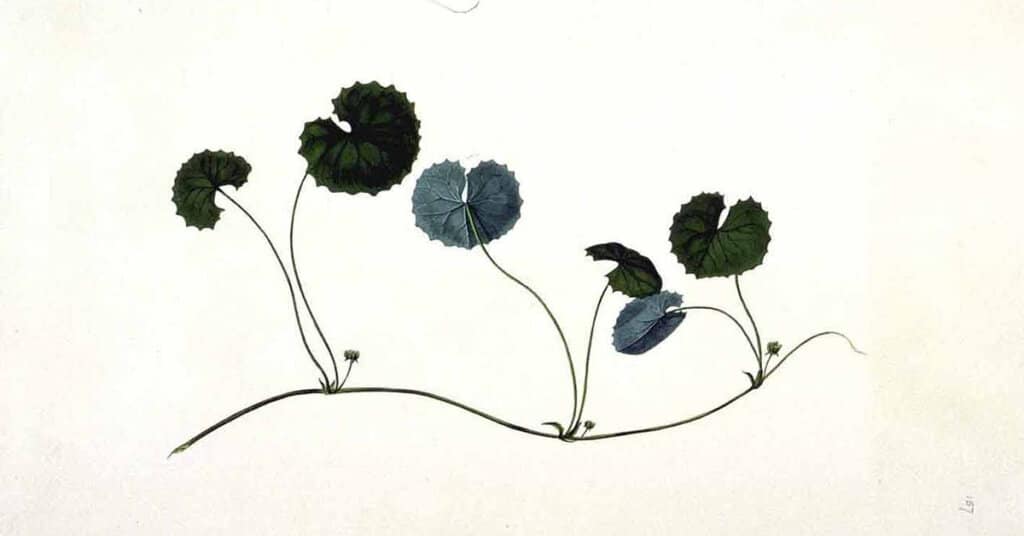
[expander_maker id=”3″]
Other names:
กะโต่ (ga dto:h). Northern provinces: ผักหนอก (phak naawk). Southern provinces: ผักแว่น (phak waaen). Shan: ผักหนอกโก้ (phak naawk go:h).
Centella asiatica, commonly is a herbaceous, perennial plant in the flowering plant family Apiaceae. It is native to the wetlands in Asia. It is used as a culinary vegetable and as a medicinal herb. [1]wikipedia
Centella grows in temperate and tropical swampy areas in many regions of the world. The stems are slender, creeping stolons, green to reddish-green in color, connecting plants to each other. It has long-stalked, green, rounded apices which have smooth texture with palmately netted veins. The leaves are borne on pericladial petioles, around 2 cm (0.79 in). The rootstock consists of rhizomes, growing vertically down. They are creamish in color and covered with root hairs. [2]wikipedia
The flowers are white or crimson in color, born in small, rounded bunches (umbels) near the surface of the soil. Each flower is partly enclosed in two green bracts. The hermaphrodite flowers are minute in size, less than 3 mm (0.12 in), with five to six corolla lobes per flower. Each flower bears five stamens and two styles. The fruits are densely reticulate, distinguishing it from species of Hydrocotyle which have smooth, ribbed or warty fruit. The crop matures in three months, and the whole plant, including the roots, is harvested manually. It is a highly invasive plant, rated as “high risk”. Centella has numerous common names in its regions of distribution. [3]wikipedia
Centella asiatica is indigenous to the Indian subcontinent, Southeast Asia, and wetland regions of the Southeastern US. Because the plant is aquatic, it is especially sensitive to biological and chemical pollutants in the water, which may be absorbed into the plant. It can be cultivated in drier soils as long as they are watered regularly enough (such as in a home garden arrangement). [4]wikipedia
Centella contains pentacyclic triterpenoids, including asiaticoside, brahmoside, asiatic acid, and brahmic acid (madecassic acid). Other constituents include centellose, centelloside, and madecassoside. [5]wikipedia
In traditional medicine, C. asiatica has been used to treat various disorders and minor wounds, although clinical efficacy and safety have not been scientifically confirmed. Contact dermatitis and skin irritation can result from topical application. Drowsiness may occur after consuming it. The herb may have adverse effects on liver function when used over many months. [6]wikipedia
The information on this website has been compiled from reliable sources, such as reference works on medicinal plants. It is not a substitute for medical advice or treatment and Thaifoodmaster does not purport to provide any medical advice.
[/expander_maker]
References
